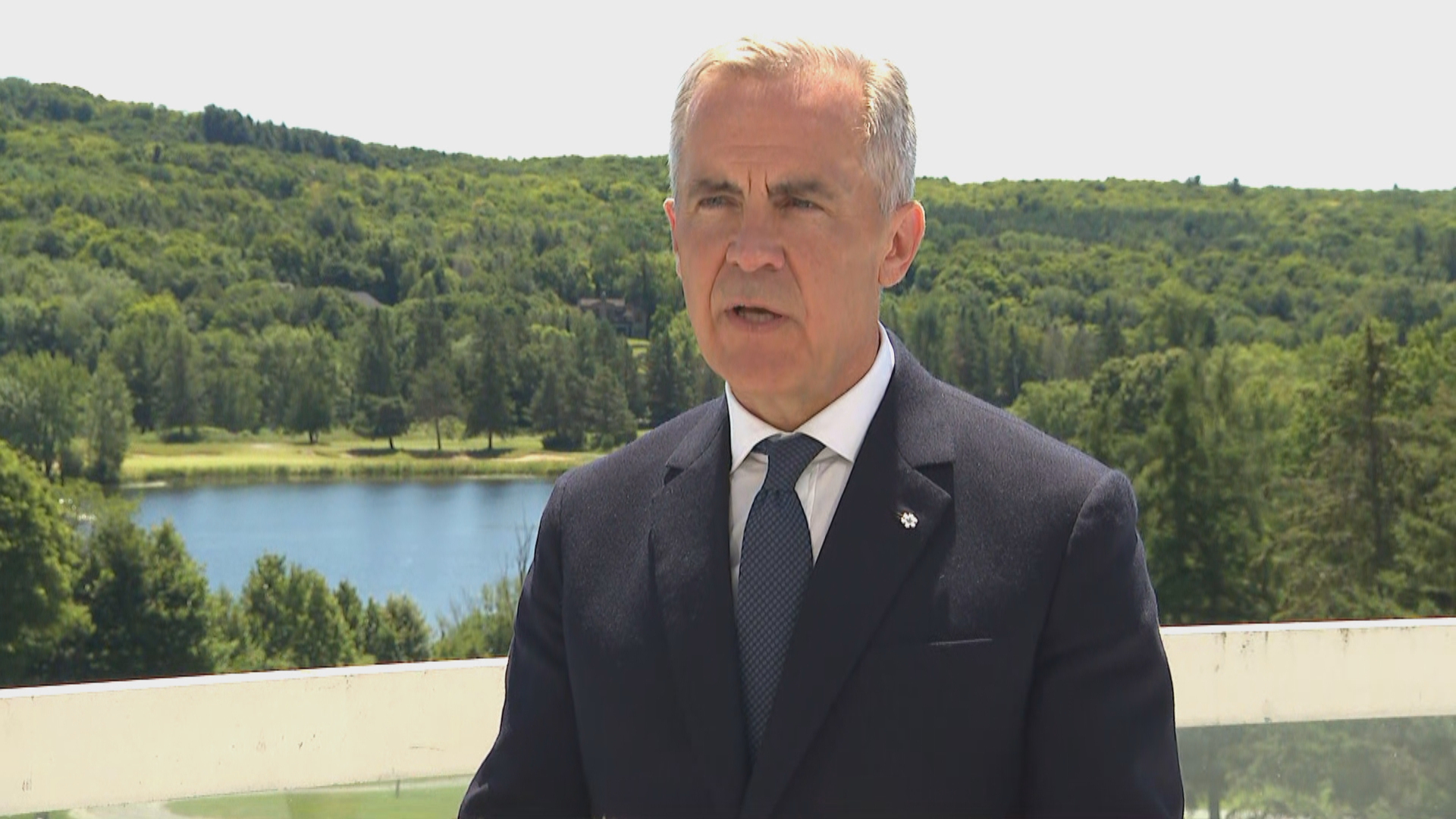First-time homebuyers can now apply for a 30-year mortgage. Is that a good thing?
;Resize=(620))
The 30-year amortized mortgages announced in the 2024 federal budget are kicking in on Thursday.
First-time homebuyers who are purchasing newly built homes can now qualify for a 30-year mortgage, giving them five additional years to pay off an insured mortgage. For other mortgages where default insurance is required, a 25-year amortization limit is still in place.
Deputy Prime Minister Chrystia Freeland touted the changes as a chance to “restore generational fairness” for younger people trying to break into the housing market.
While some have said the changes will lead to lower monthly mortgage payments, opening up the housing market to younger buyers struggling with affordability, some mortgage analysts have cautioned that the new rules won’t apply to many people — and that they might cost you more on a long-term basis.
Here’s who qualifies for the new rules and what they mean for you.
The federal government is allowing longer mortgage repayment periods for first-time buyers with insured mortgages on newly built homes. Andrew Chang explores the pros and cons of 30-year amortization vs. the previous 25-year rule for prospective homeowners. CORRECTION: At 1:38 in this video, we miscalculated that 20% of $500,000 is $125,000. It’s $100,000. It has been edited out for clarity.
Who is eligible?
The extended insured mortgages are reserved for people who:
- Are first-time homebuyers.
- Are purchasing a newly built home without previous residents.
- Haven’t lived in a home or place of residence owned by a current spouse or a common-law partner — unless they’ve recently ended their marriage or partnership.
- Have a high-ratio mortgage, which are loans that exceed 80 per cent of the home’s purchase price.
In order to qualify for an insured mortgage, buyers have to be purchasing a home under $1 million and putting less than 20 per cent of the home purchase price toward a down payment.
According to the CMHC’s 2024 Mortgage Consumer Survey, there was a shift to longer amortization periods in 2023, with 29 per cent of people surveyed choosing an amortization period of 25 years or more.
What are the measure’s limits?
Penelope Graham, a mortgage expert at RateHub.ca, an organization that analyzes real estate and financial data, said that the new rules are a “nice effort” that target a home buying group — mostly Gen Z and millennials — who are badly in need of affordability support.
“I think it’s going to be so limited in terms of who this actually applies to when you factor in the price points, the housing types that actually qualify for this and the type of mortgage you can actually get with that criteria,” Graham told CBC News.
She noted that pre-construction homes in markets such as Toronto and Vancouver — especially detached houses — cost more than $1 million, which would disqualify a buyer from an insured mortgage. People who live in expensive markets would be restricted to buying a condo or expanding their search into more affordable areas.
Ottawa Morning7:3530-year mortgages start today
Mortgage brokers can now offer 30-year amortization periods for homeowners, but will it improve accessibility to housing?
Toronto mortgage broker Ron Butler said that the policy “won’t possibly make a dent” given how few people qualify for it. The measure’s effectiveness will vary by region, he added.
“If you live in the Prairies, you live in Atlantic Canada, it could be more beneficial. It is almost completely impractical in most of Ontario, most of British Columbia, and certainly Montreal,” he said.
Will this help first-time buyers save money?
Whether the measure will help first-time buyers save money also depends on how you look at it.
“The main payoff with extending your amortization is that you have smaller monthly payments in the short term,” said Graham, which in turn helps an individual qualify for a bigger mortgage and thus spend more on a home. “It ensures they have a little bit more money in their pocket on a monthly basis.”
From a long-term perspective, however, you could end up paying more on your mortgage because of the interest that comes with a longer amortization period.
First-time home buyers can take out a mortgage of up to 30 years starting today. The federal government says this is to help younger Canadians reach their dream of home ownership. But there’s a catch: these 30-year amortizations must be for newly built homes, including condos and townhouses.
An analysis by RBC showed that with a principal mortgage payment of $150,000, the 30-year amortization period would reduce monthly mortgage costs by just over $75, compared to a 25-year period.
But that person would pay over $20,000 in additional total interest costs because of the five-year extension.
“That’s an important trade-off that borrowers should be aware of,” Graham said.
What other costs should first-time buyers consider?
The Canada Mortgage Housing Corporation, as one of the main providers of mortgage default insurance in Canada, said that it will charge a 0.2 per cent insurance premium for those who make use of the measure.
Also, while some builders might be flexible to accommodate the new program, the majority of developers building newly constructed homes ask for a 15 to 20 per cent deposit up front, said Butler.
“They want you to give them that much money — in a relatively quick period of time, like six months to a year — in order for them to be able to proceed with the project,” he noted.
That’s a lot of money to come up with upfront, especially for a young first-time buyer, said Graham. “So that that may prove to be another hurdle for anyone who actually wants to use the program.”
“It remains to be seen how much uptake we’re actually going to see on this and whether or not it’s actually impactful,” she said.


;Resize=620)

;Resize=620)
;Resize=620)